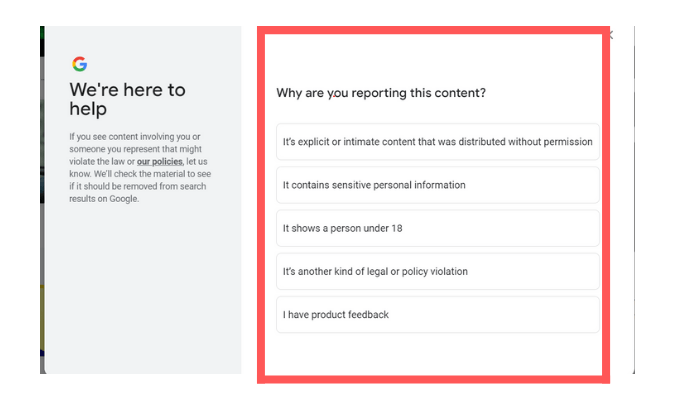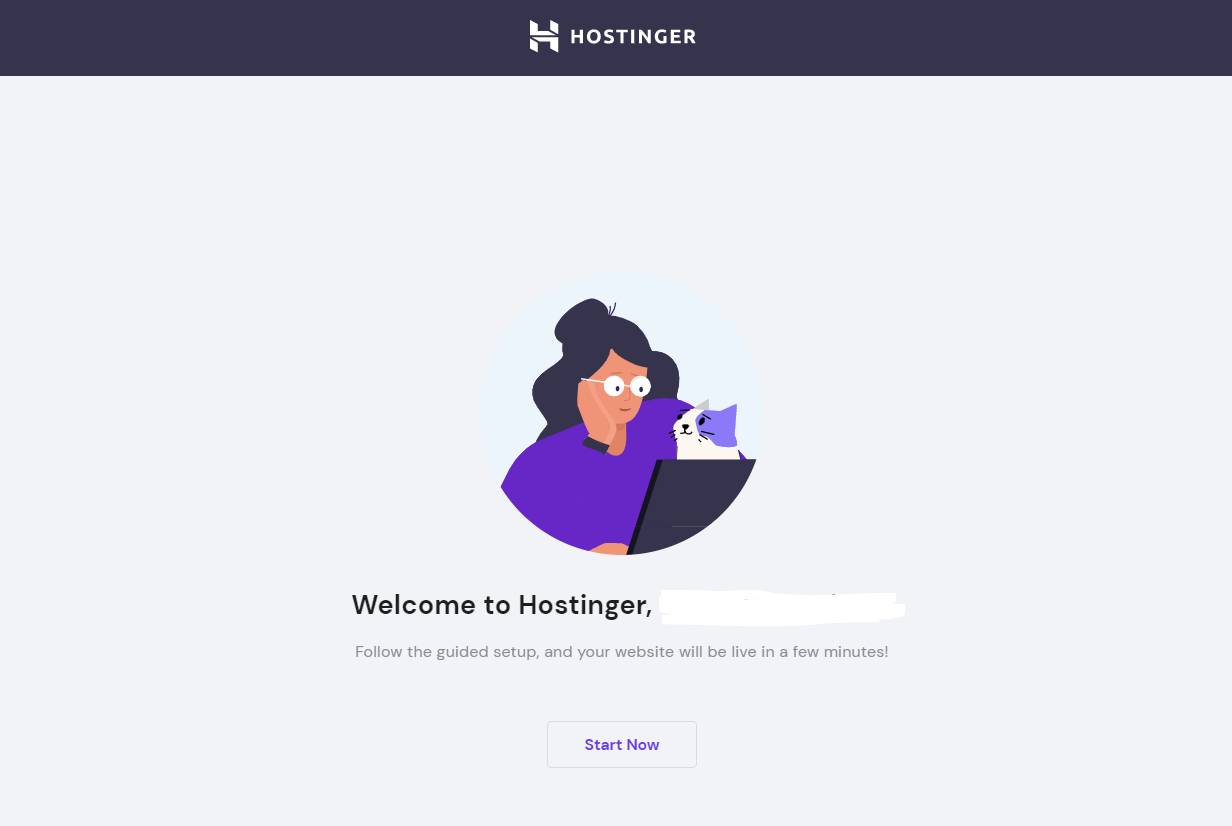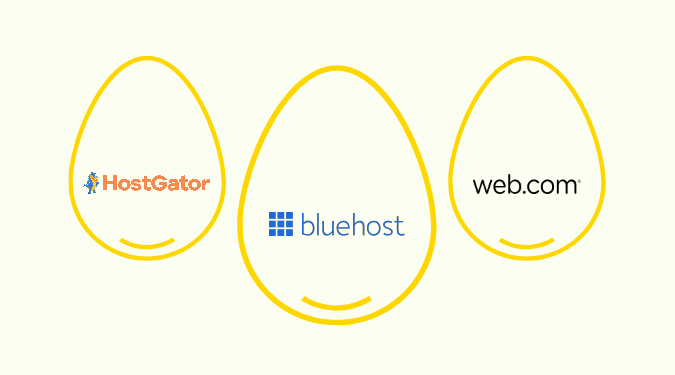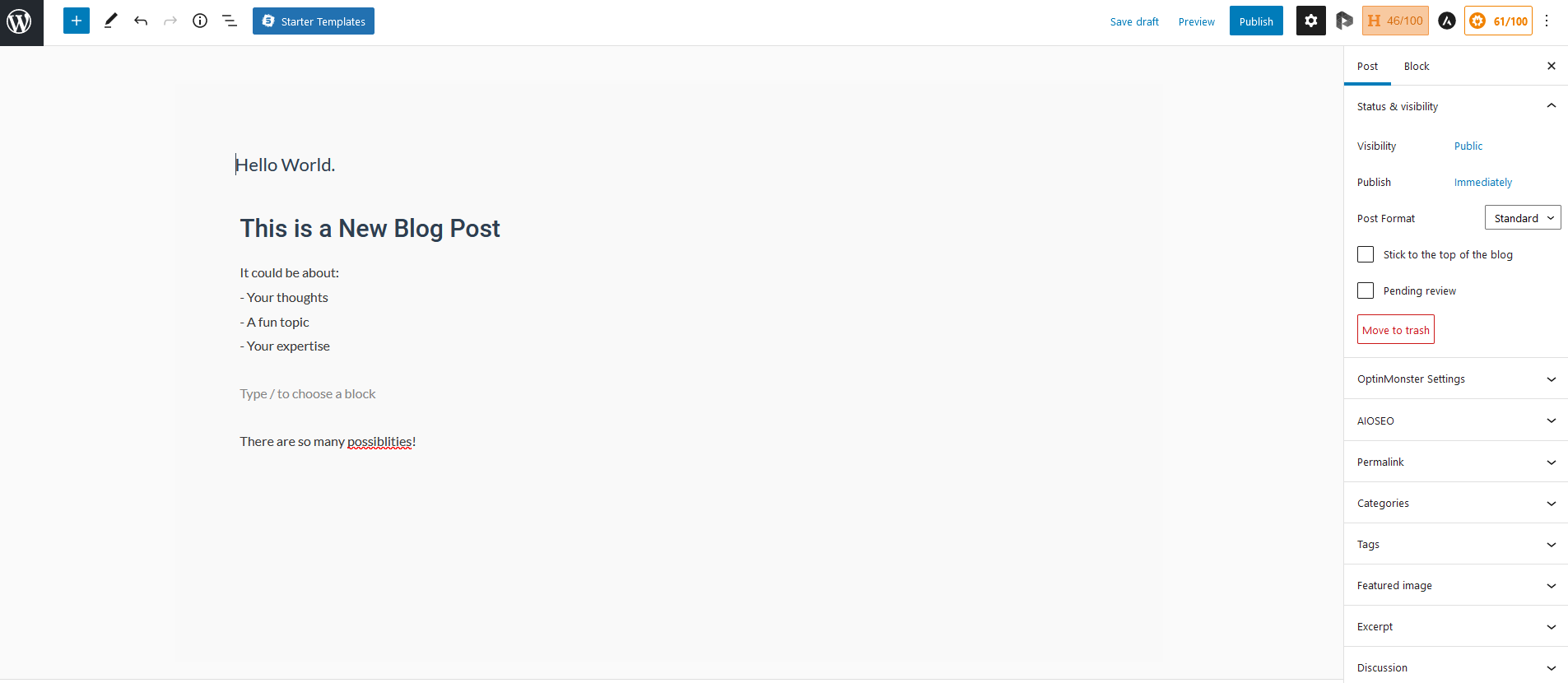When done well, publishing a blog can help your business thrive. A blog increases traffic to your site, builds trust with your customer base, and gives you content to post regularly on social media. And while starting a blog is almost always exciting, it can be tough to keep the thing going once you drain your initial pool of ideas.
Yet keeping a blog current is key to building trust with your audience. Steady, reliable blog content helps readers view your company as fresh and relevant. A long history of posts also builds up your blog’s—and therefore your company’s—SEO authority. We’ve rounded up 11 of the best blog topics and ideas, so you’ll never run out of content to write about.
1. A Peek Behind the Scenes
Everyone loves a finished product, whether it’s a good TV show, a hit dance song, or to-do list software that organizes your life like never before. But we also love knowing how something got to be so amazing.
That’s why TV shows offer behind-the-scenes snippets. It’s why we scour the internet for interviews and process videos from our favorite musicians. And it’s why blog posts featuring a behind-the-scenes peek at your product or service make excellent content.

A behind-the-scenes post is where you reveal the little secrets that make your product or service the amazing thing it is. Even better, you don’t have to reveal them all at once. You can create several behind-the-scenes blog posts covering topics like:
- What your company’s workspace looks like
- How you developed your website
- The people on your team and the roles they play
- You or your team’s work process
- A day in the life at your office
Make sure you include plenty of pictures along with the text you write for each post. You can even embed a video or two. With text, photos, and video, you’ll create a rich behind-the-scenes experience that’ll give your readers a deeper understanding of your brand.
2. How-To Guides
Google processes billions of questions every day, and millions of those are how-to questions. The world turns to the internet to find out how to fix cars, cook meals, raise kids, solve math problems, learn a language, and use a new product.
If you sell a product or service, chances are that your customers would benefit from—and seek out—how-to guides related to your brand. Our favorite thing about how-to guides is that you’ve got endless options for blog posts.
Think about the questions a user might ask when learning to use your product. Turn each question into a detailed how-to blog post complete with pictures, text, and video. Switch it up with more general how-to guides that help your audience navigate the larger problem your service or product solves.
Take the budgeting software You Need a Budget (YNAB), for example. In addition to a section devoted to how-to guides for the software, YNAB publishes blog posts that help users stick to their budgets, spend less money, buy what they want, and learn to invest money.

Like YNAB, you can showcase your product within the blog. People who already use your services will find this helpful, and people who don’t might just decide they need to start.
3. Listicles
Who doesn’t love a listicle? When you’re scarfing down your sandwich at lunch break or procrastinating on cleaning the house, there’s nothing more soothing than reading about the 21 grossest restaurant dishes you’ll wish you never heard about. Or, if you want to feel productive, the 15 best surveying or polling tools for analyzing customer desires.
You get the idea.
A listicle can take many forms. But if you’re creating a listicle for a company blog, you’ll probably want to stay away from the fluffy yet impressively addictive Buzzfeed-style listicle.

Instead, add some meat to each item on your list. Give readers a snapshot of why it earned a spot. Keep the sections short and punchy sections with plenty of images, videos, or GIFs to provide fun or informative visuals.
So what should your listicle be about? Here are some ideas:
- Best-of: Whether it’s a roundup of the best quotes, the best products to achieve a certain goal, or the best resources on a particular subject, readers will flock to a best-of list.
- Tips and tricks: If you work with an awesome business or run the whole thing yourself, chances are you’re an expert—in something. Use your expertise to list tips or ways to achieve a goal.
- Statistics: Roll up your sleeves, dig into some data, and create a roundup of statistics related to your brand. Your data-loving readers will thank you.
- Questions: Are there questions you believe every entrepreneur should ask themselves before starting a new business? What about questions you should ask a potential employee in your industry? Make a listicle out of it.
- Lessons: Bring a pinch of behind-the-scenes magic to a listicle by outlining the 12 hard lessons you had to learn before becoming successful or the seven lessons you wish everyone knew before buying a particular product.
If it feels relevant, remember to feature your product or service in a listicle. Just don’t put it at the top—and don’t make it way longer than all the other items on your list. The more naturally it fits in, the better.
4. Interviews
Interview blog posts offer limitless possibilities for your blog. You can interview industry leaders, strengthening connections within your field.
Or you can interview people on your team in positions both higher and lower than yours. If you run an online shop with products sourced from around the world, you can interview the people behind the products you sell.

Interview blog posts help you make connections and support other players in your field. And who knows? You might even get asked to provide an interview for someone else’s company blog, and it’s a win-win for everyone.
5. Case Studies
Have you ever received an email or glowing review from a customer that describes how your product or service changed their life? Ask them if they’d be willing to be featured in a case study.
Writing a case study blog post is simple. All you need is this basic structure:
- A person or brand
- A problem that was holding them back
- How your product or service helped them solve it
You may need to reach out to your customer for more details about their problem and how they applied your service to help them solve it. We suggest conducting either an email or Zoom interview to get the whole picture.
Write the case study out like the story it is, using quotes from the customer to support different points.

If your happy customer or client has business links or a bio they want you to share, include it. They’re doing you a huge favor. When someone who isn’t connected to your business raves about how awesome it is, you earn some serious social proof points.
6. Industry News
In today’s fast-paced world, there’s always something new happening. This is probably true for your industry, too. Consider writing a weekly or monthly roundup of industry news for your blog. Is there a conference or convention coming up? What about a new development or trend?

Make a habit of checking your industry’s news sites every day. Feature the top five stories in a blog at the end of the week. Write a short synopsis of each story, and you can give your thoughts on it, too.
For each story, link back to the source where you found it. Not only will you have plenty to blog about each week, but you’ll also stay up-to-date on what’s important in your field.
7. Industry Conference Roundup
We love conference roundups for several reasons. They’re informative and easy to write. Year after year, you can easily update the information for all the top conferences and republish your roundup.
Simply do a Google search to find the top conventions, conferences, and trade shows happening in your industry, write a brief intro to each one, and include the following information:
- Date
- Location
- Venue
- Registration link
- Who should attend and why
Voila! That’s all there is to it.

You may want to update the post more than once a year as conference dates come and go.
8. Guest Blogs
The beauty of a guest blog is that you get to take a little break from putting a post together yourself. Instead, a friend or connection in your field can write a guest post in exchange for a link back to their site.
You get a break from writing, and your connection gets a nice backlink. Perfect!
And in the future, you’ll probably get the opportunity to give your new—or old—friend a break from writing a post in exchange for your own backlink.
Make sure you give your guest bloggers as much love as possible. Give them space to offer bonus content and link to one or two of their previous posts.

That support can mean a lot to them—and while you shouldn’t necessarily expect it, you might get a lot of love back when it’s your turn to guest post on their blog.
9. Customer Q&As
Instead of typing out a long response each time a customer asks a question—or worse, ignoring it altogether—why not turn the answer into a blog post? You can reply briefly to the customer, letting them know you’ll address their question in a blog post. Or maybe you can just send them the link when the post is live.
This saves you time because other people will probably ask you the same question. Instead of typing out a new reply each time, just point the inquirer to the relevant Q&A blog post.

Q&A posts are great because you already know your readers will want to read them. You can even ask readers to submit more questions in the comments section of your blog or via email. Pick one or two to answer every week or month, depending on your blog schedule.
10. Industry Mythbusting
We all love a good debunked—or proven—myth. There’s a reason MythBusters ran for 17 seasons, after all.
If you’ve been in the industry for a while, you probably know of several myths or misconceptions you could discuss and pick apart. Why not turn them into a post?
You could even tackle one myth at a time, Snopes style, giving you the time to dive deep into each one. Plus, you wouldn’t waste all your myths on one blog post.

Even if you know a myth is false, make sure you back it up with research or proof. And if there’s no clear yes-or-no answer, say so! Your readers will still find the topic fascinating.
11. New Feature Showcase
Every time you develop a new feature or product, write a blog post about it. This is an excellent way to introduce the latest and greatest completed projects. It also means that each time you’re working to develop a new feature, you’re also getting at least one blog post out of it.
What’s not to love?

And instead of just talking about the feature in a dull press-release style, tell a story. Show the reader:
- What problem the feature was created to solve
- A peek inside the process of developing the feature
- How the feature can help your customers
Invite questions and comments at the end of the post. Use those questions to create Q&A posts for your blog. Create behind-the-scenes posts to expand on the process of developing the new feature. As long as you keep improving and creating, you’ll have plenty of blog topics and ideas to cover.















